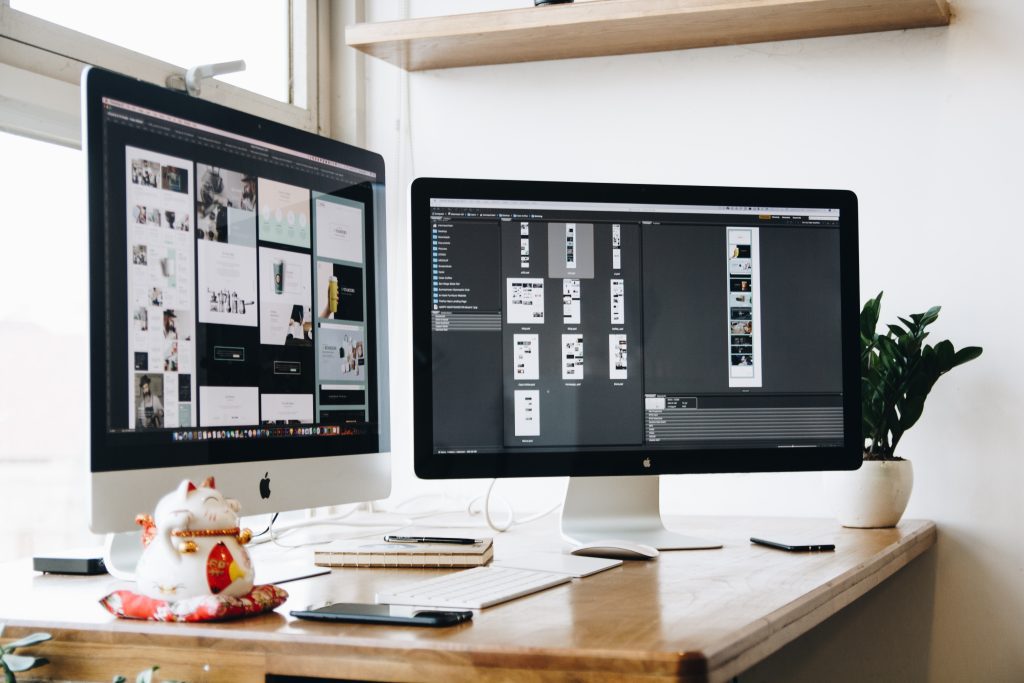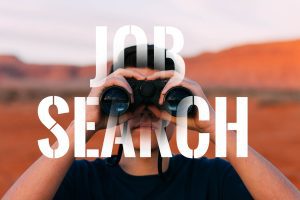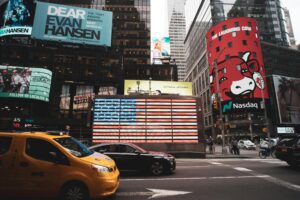Apple’s New Research Center

Apple's New Research Center
Apple Headquarters, currently housed in Cupertino, CA, will begin building a new site from the leftovers of an HP building secretly bought by the late Steve Jobs. As written by Walter Isaacson in the biography “Steve Jobs”, he said, “ So, a team of 50 architects and Jobs himself, intimately worked on the layout of the campus set to be finished in 2015.
The site will offer an 80:20 layout, 80% greenery to 20% building and will also be receiving LEED (Leadership in Energy and Environmental Design) certification, which will hopefully sway the locals into approving the site.
Designed to house 13,000 employees on a daily basis as well as 6,000 trees, the campus will be covered in solar panels and will have its own generator to make up for the enlarged carbon footprint on the suburban city.
Once this campus (so named because of the resemblance to a college campus layout) is built, Apple will be moving its current research teams into this campus and will not allow the public except for new product unveiling in which it will have an auditorium that will seat 1,000 people.
Considering that Apple is one of the largest cloud providers and gadget innovators, their customer satisfaction may be less than pleasing to most people. Focused more on the demands of investors the happiness of their clients will most likely be on the back burner which will allow local companies to flourish. The focus that a local cloud provider and IT support technicians will surpass the non-focused behavior of a large company like Apple because the customers of a local company are what keep them afloat.
Continuing Password Safety after LinkedIn Hack
June 6th, 2012 LinkedIn publicly announced their website, with 131 million users, had been hacked! Being the professional website that it is, most users have delicately entered every minute detail they could in order to get a better edge on the job market. No doubt making the users extremely vulnerable to identity theft and even more future password hacks if they used that same password for other sites.
If you happen to be one of the millions of professional users, which most middle-class citizens undoubtedly are, there’s a way to check if your password was one that was hacked. Last Pass is offering a free test to check if your password was on the “list”; if you may be one of the lucky ones who escaped the hack there is still a possibility that it was still hacked and the “Russian hackers” just didn’t release yours in the list.
The strength of the password chosen for your various accounts will prevent many present and future threats “detailed in a previous post” but your first step should be to change your LinkedIn password (along with all the other websites that same password is associated with). Best tip, even though it may be difficult, use different passwords for each account and if possible have each password be a bunch of gibberish rather than your dog’s name.
Aftermath
There’s a possibility that you may receive phishing e-mails disguised as LinkedIn trying to steal more personal information about you. Beware of any e-mail from anyone asking for personal information ranging from your name, your password, or if you want to be really careful – your favorite color. Also, the handy password saving feature on your browser can also have some security flaws so it’s best not to save your newly chosen passwords through that.






